Results Report 2025
The 2025 Results Report captures a pivotal moment in the Global Fund partnership’s fight against HIV, tuberculosis (TB) and malaria. After decades of progress, global health is in crisis. Declining international funding is jeopardizing the fight against AIDS, TB and malaria – and with it, global health security.
But our partnership is addressing these challenges head-on and seeking effective solutions. In 2024, we continued to advance the fight against the three diseases decisively forward.
The Global Fund partnership expanded access to HIV treatment, increasing the number of people on antiretroviral therapy to 25.6 million. We treated a record number of people with TB, and continued to scale up malaria prevention efforts. These achievements build on over two decades of progress, during which our partnership has helped reduce the combined death rate from AIDS, TB and malaria by 63%. Our US$2.7 billion investment to strengthen health and community systems in 2024 has helped ensure that lifesaving HIV, TB and malaria programs can withstand today’s crises and continue to deliver impact.
In parallel, the Global Fund supported countries to continue building capacities for longer-term sustainability to maintain momentum in the fight against the three diseases. Such efforts include investments in national planning and coordination capabilities, supply chain infrastructure and capacities, human resources for health, and data systems – including health management information systems and financial management systems. These efforts are helping to ensure that progress made through Global Fund investments can be sustained and scaled, as countries move toward greater self-reliance.
The results in this report are a testament to what can be achieved through leadership, strong partnership and sustained investment.
Key Results and Lives Saved
Since our inception in 2002, health programs supported by the Global Fund partnership have saved 70 million lives.
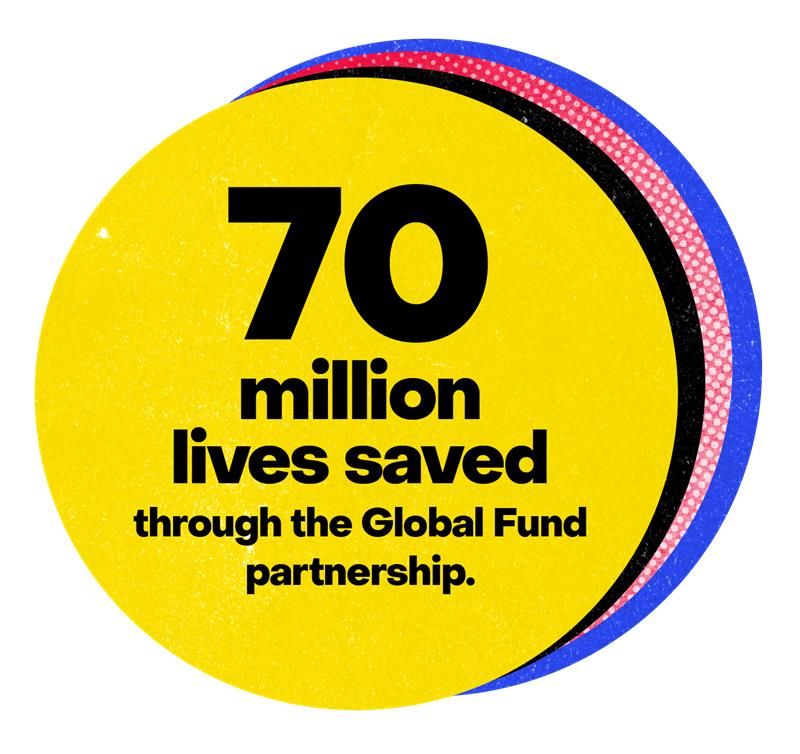
Key Results
Programmatic results achieved during 2024 by countries and regions where the Global Fund invests. Global Fund Regional Groupings.
The coverage of key treatment and prevention interventions for HIV, TB and malaria in countries where the Global Fund invests has increased significantly since our founding. In 2024, 79% of people living with HIV were on antiretroviral therapy, up from 22% in 2010. TB treatment coverage reached 75% in 2023 – its highest-ever level – up from 45% in 2010. The percentage of the population with access to a long-lasting insecticide-treated net reached 61% in 2023 – its highest level to date – up from 29% in 2010.
The results achieved last year once again demonstrate the strength of the Global Fund model, and underscore why investing in this unique partnership is one of the most effective ways to save lives, improve the health of those living in the poorest communities and reinforce global health security.
We measure our progress against the targets in the global plans for HIV, TB and malaria and in the Sustainable Development Goal (SDG) 3 of health and well-being for all. Our achievements are the result of efforts by a wide array of actors comprising the Global Fund partnership, including governments, multilateral agencies, bilateral partners, the private sector, civil society groups, and people and communities affected by the three diseases.
Coverage of treatment and prevention interventions
Malaria coverage is calculated based on 38 African countries where the Global Fund invests, for which data is available from WHO/Malaria Atlas Project estimates. HIV and TB estimates are based on countries that have recently received Global Fund funding and have reported programmatic results over the past two cycles. Based on published data from WHO (2024 release for TB and malaria) and UNAIDS (2025 release). Global Fund Regional Groupings.
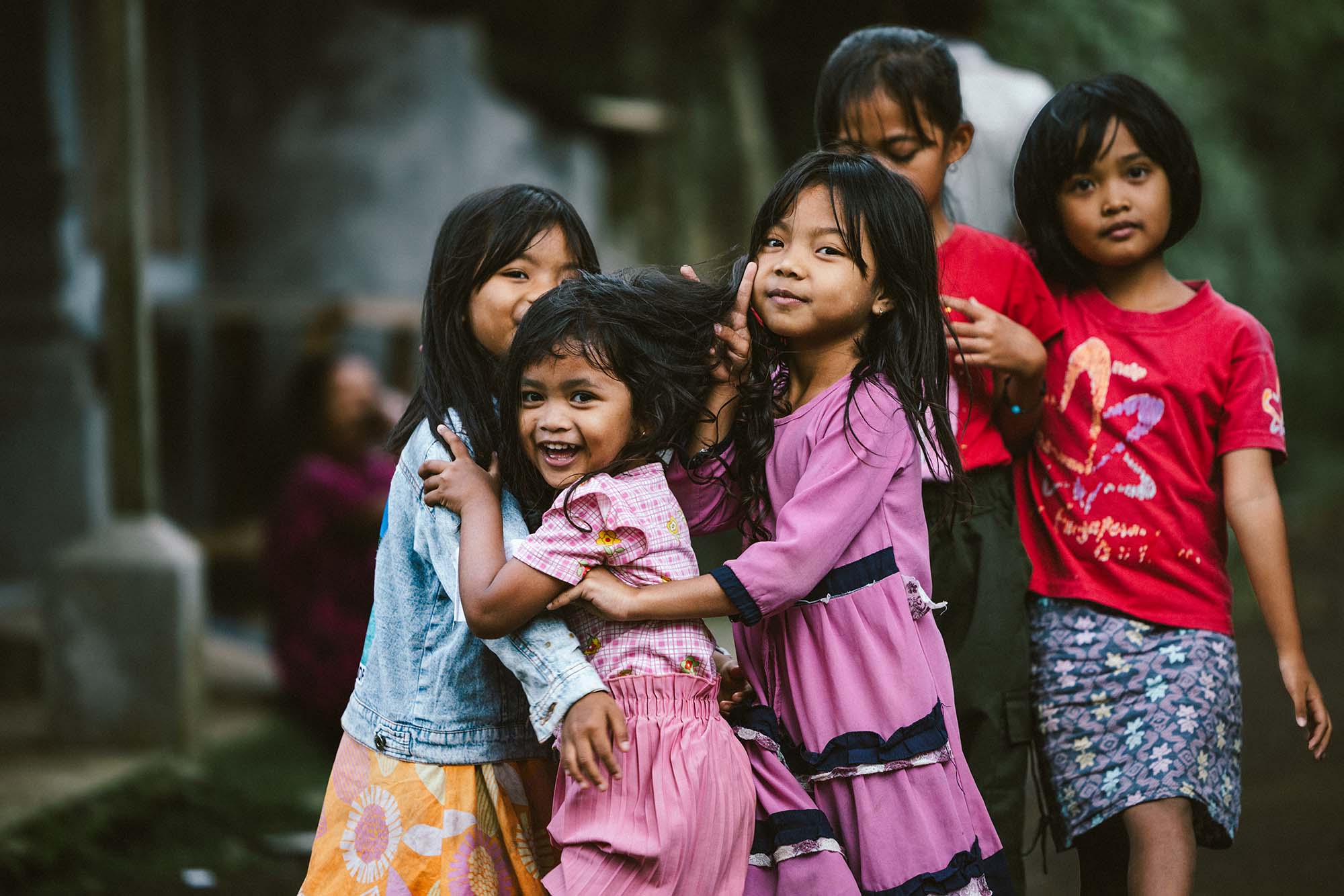
2025 Results Report
HIV: State of the Fight
Key HIV results in 2024 in countries where the Global Fund invests:
Programmatic results achieved during 2024 by countries and regions where the Global Fund invests. Global Fund Regional Groupings.
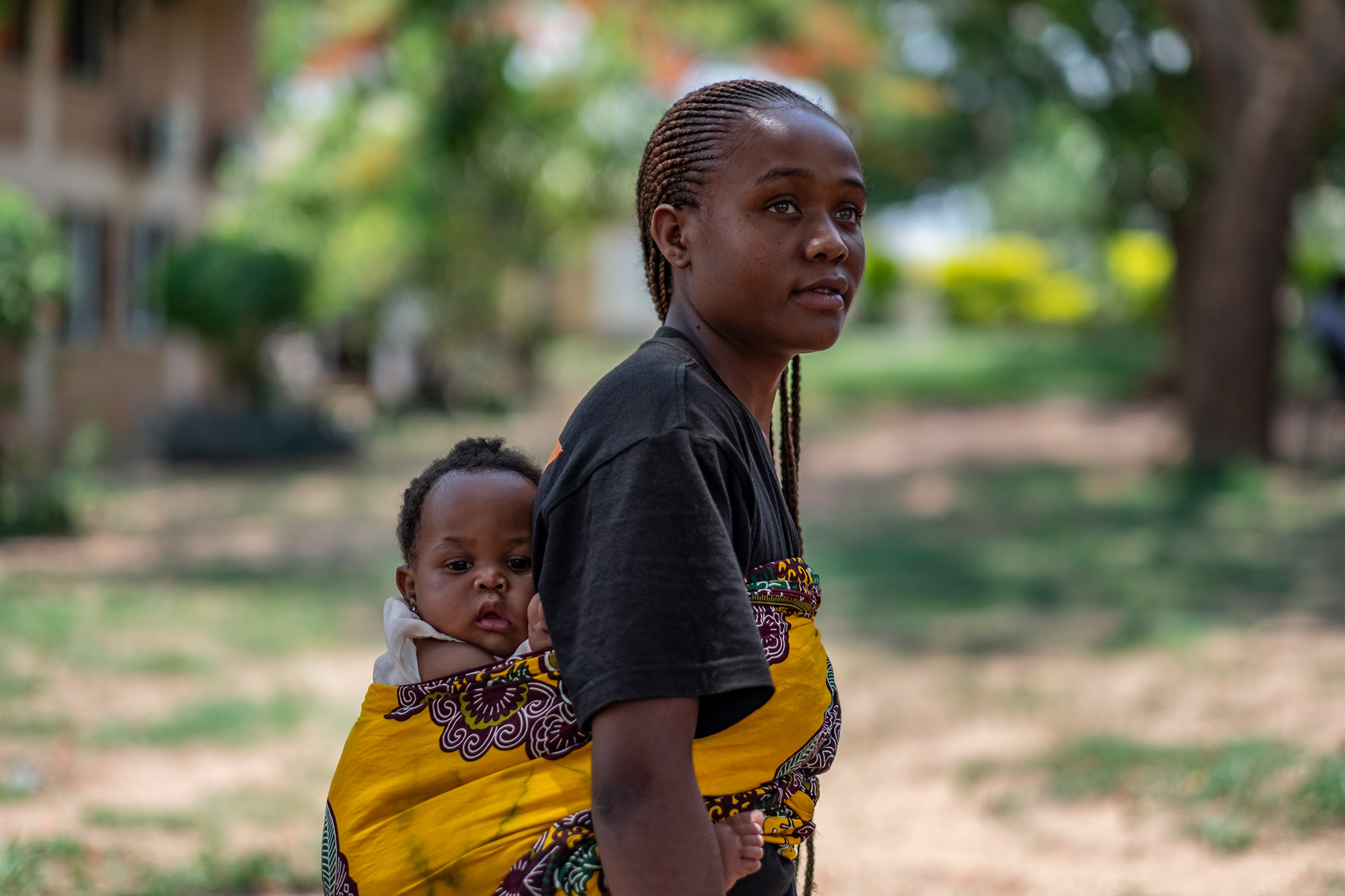
After more than two decades of progress, a future free of AIDS is within reach.
In 2024, the Global Fund worked closely with partners to deliver results at scale and prioritize communities at highest risk for HIV infection and with the least access to services. A total of 25.6 million people were on lifesaving antiretroviral therapy in countries where the Global Fund invests in 2024.
Our investments in HIV prevention focused on strengthening access to the interventions that have the greatest impact on reducing new HIV infections. In the countries where we invest, 12.3 million people were reached with HIV prevention services, including 7.7 million people from key populations and 3 million young people.
In 2024, the Global Fund joined partners in a commitment to reach 2 million people with lenacapavir, a breakthrough in HIV prevention. A twice-yearly, long-acting injectable pre-exposure prophylaxis (PrEP) option, lenacapavir showed up to 100% success in preventing new HIV infections in clinical trials and offers unprecedented potential to improve adherence, increase uptake of PrEP and maximize return on investment.
The Global Fund also invests in other HIV prevention options – including condoms, lubricants, and harm reduction products that reduce the risk of HIV infection among people who inject drugs – to ensure that people at highest risk have access to effective tools and the knowledge to protect themselves.
People living with HIV who know their status
People living with HIV receiving ARVs
People living with HIV with suppressed viral load
Prevention of mother-to-child transmission coverage
All data is based on estimates from the UNAIDS 2025 release. Global Fund disbursements are available on the Global Fund Data Explorer. The denominator for the three 95s is people living with HIV. The denominator for the three 95s is people living with HIV. The data for disease burden estimate and service coverage reflects the data available from UNAIDS at the time of publication. Global Fund Regional Groupings.
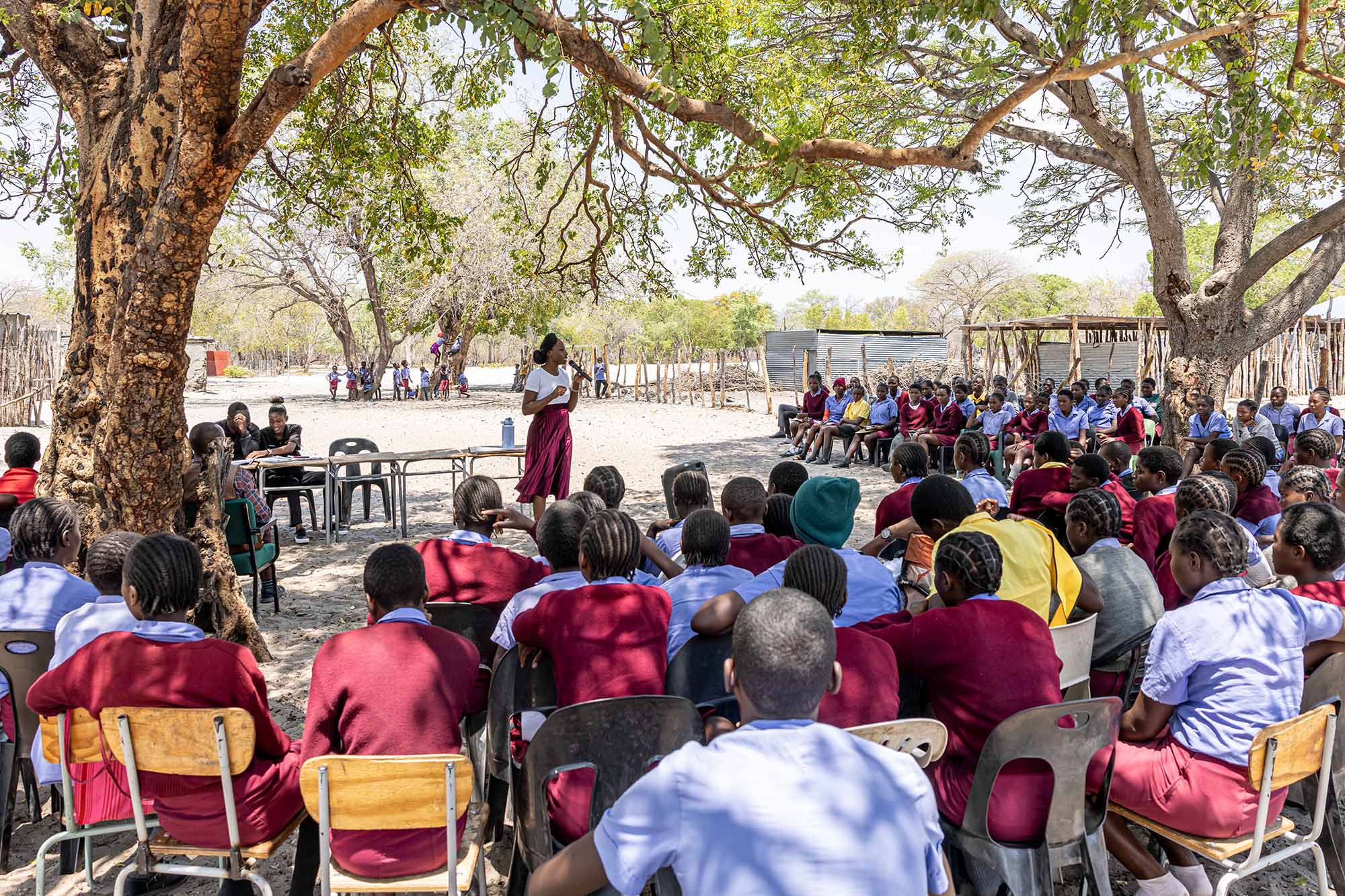
But HIV remains a major infectious disease and a significant threat to global health security. In 2024, 630,000 people died of AIDS-related causes, and there were 1.3 million new infections globally – around 3.5 times more than the global target of fewer than 370,000 new infections by 2025. Decreasing international funding and interconnected crises including debt distress, conflict and the erosion of human rights threaten to undo hard-won gains. Global progress hinges on bold investment, the leadership of governments, the private sector, civil society and communities, and a shared commitment to lasting impact.
Smart, sustained investment to fight HIV will continue to deliver exceptional returns – reducing new infections and deaths, easing pressure on health systems and strengthening global health security. As more countries integrate HIV services into primary care, they are laying the foundation for resilient, people-centered systems that will outlast support from external sources.
HIV Infections Among Adolescent Girls and Young Women
In 2024, an estimated 210,000 adolescent girls and young women (aged 15-24) acquired HIV globally, compared to 160,000 boys and men of the same age. This disparity underscores how gender inequality, limited access to education and health care, discrimination and gender-based violence continue to drive new infections and create barriers to prevention, treatment and support.
Yet new infections among adolescent girls and young women have declined significantly in recent years, due to the scale-up of HIV testing and treatment and expanded access to prevention tools, education and community-led initiatives. In 2024, 2 million adolescent girls and young women in Global Fund-supported countries accessed HIV prevention services.
Reduction in HIV incidence rate among women aged 15-24
HIV burden estimates from UNAIDS, 2025 release.
Trends in HIV Burden
In countries where the Global Fund invests, AIDS-related deaths have been reduced by 74% since the Global Fund was founded in 2002 and new infections have been reduced by 62%. In the absence of HIV prevention and HIV treatment measures and antiretroviral medicines, deaths would have increased by 90% and new HIV infections by 75% over the same period.
Trends in AIDS-related deaths
Trends in new HIV infections
HIV burden estimates from UNAIDS, 2025 release. Estimation of “no prevention or ARVs” trends from Goals and AIM models where available. For some countries estimates of burden are not available from UNAIDS. Global Fund portfolio indicates countries that have recently received Global Fund HIV and AIDS funding and have reported programmatic results over the past two cycles. Global Fund Regional Groupings.
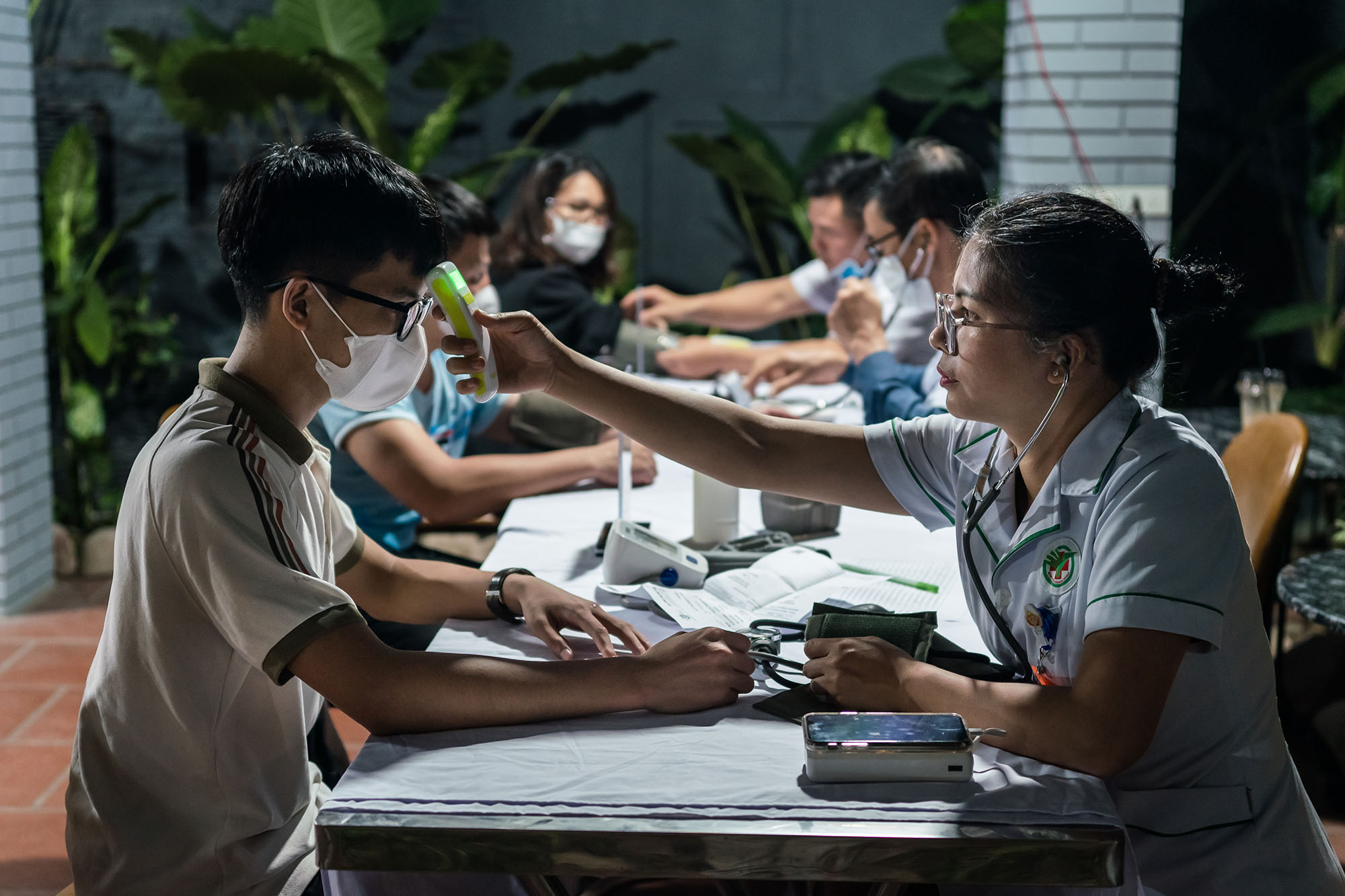
Investing for Impact
The Global Fund provides 26% of all international financing for HIV programs. Since the Global Fund was founded in 2002, we have invested US$27.6 billion in HIV programs and US$8.6 billion in HIV/TB programs as of 30 June 2025. Global Fund investments to tackle HIV not only drive progress against the disease, but also contribute to building strong and resilient health and community systems that are able to confront other emerging health threats.
Progress Towards the Global Targets
Working with partners, the Global Fund has supported many countries to reach the UNAIDS 95-95-95 targets – where 95% of people living with HIV know their status, 95% of those who know their status are on treatment and 95% of those on treatment achieve viral suppression. Seven countries where the Global Fund invests have already achieved the targets: Botswana, Eswatini, Lesotho, Namibia, Rwanda, Zambia and Zimbabwe. Eight sub-Saharan African countries have reached 90% on each of the three targets. This level of progress is clear evidence that controlling the HIV epidemic is within reach when the right tools and resources are in place.
People living with HIV on antiretroviral therapy
In countries where the Global Fund invests

Source: UNAIDS 2025 release data. People on antiretroviral therapy reported to UNAIDS in countries supported by the Global Fund over the past two funding cycles. Programmatic results published in other parts of this report are based primarily on data reported to the Global Fund in 2024, according to the grant reporting cycle.
With robust funding commitments, bold leadership and full use of the tools now at hand, we can take the next decisive step to end AIDS – and build a healthier future for all.
AIDS-related deaths: Progress towards the UNAIDS target
New HIV infections: progress towards the UNAIDS target
“Continuation of recent trend” projection is based on the continuation of 2019-2024 trends. “Global target pathway to 2030” is based on the target from UNAIDS 2025 targets to end AIDS, 2021 update. Countries that have recently received Global Fund HIV and AIDS funding and have reported programmatic results over the past two cycles. Global Fund Regional Groupings. Based on published data from UNAIDS (2025 release).
Tuberculosis: State of the Fight
Key TB results in 2024 in countries where the Global Fund invests:
Programmatic results achieved during 2024 by countries and regions where the Global Fund invests. Global Fund Regional Groupings.

Driven by strong political leadership, the fight against TB moved resolutely forward. While ending TB by 2030 looks challenging, it is clear that we can accelerate progress toward the End TB Strategy pathway to bring the TB pandemic to an end by 2035.
In 2024, the Global Fund partnership maintained strong momentum against the world’s deadliest infectious disease, with a full recovery from the setbacks caused by COVID-19 and more people with TB found and treated than ever before. Working hand in hand with communities most affected by the three diseases, in 2024 Global Fund-supported TB programs treated 7.4 million people with TB.
Screening and testing continued, and efforts to find undiagnosed people with TB – a key element of a successful fight against the disease – expanded. A game-changing scale-up of innovative tools and approaches in the countries most affected by TB has led to more people being successfully diagnosed, treated and cured of the disease.
Cutting-edge tools such as AI-powered computer-aided detection software and digital portable chest X-rays are revolutionizing TB screening. The Global Fund has invested over US$193 million over the 2021-2025 period to roll out AI-enabled TB screening in more than 20 countries. AI is not only a tool that can help us beat TB, but also a platform that can power a much more efficient use of resources, support integrated service delivery, and strengthen pandemic preparedness.
TB treatment coverage
TB treatment success rate
MDR-TB treatment success rate
HIV+ TB patients on ARVs
All data is based on estimates from Global Tuberculosis Report 2024. Global Fund disbursements are available on the Global Fund Data Explorer. Global Fund Regional Groupings
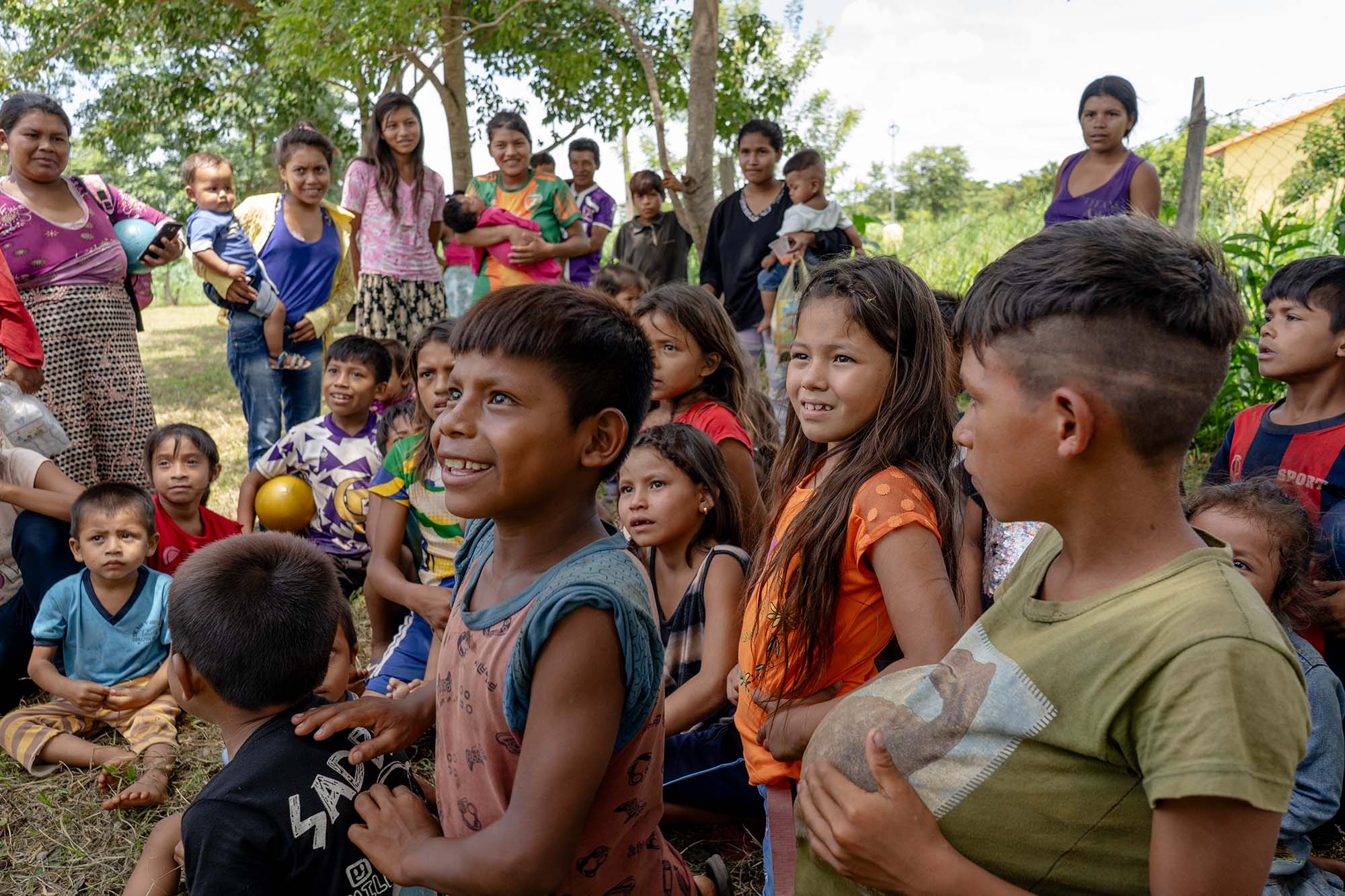
But TB is still the world’s deadliest infectious disease. It killed an estimated 1.3 million people in 2023. Fragile health systems, conflict and economic pressures threaten to reverse the gains we have made over the past two decades. Reductions in global health funding could compound these pressures and derail TB programs that rely on donor support.
But together, we can choose to change the trajectory of this fight. Investing in TB now is not just about saving lives – it’s also an opportunity to protect decades of progress, strengthen health systems, and build a more resilient, equitable future. With the right mix of domestic commitment, smart financing and global solidarity, we can choose to end TB as a public health threat and unlock broader advancements in health and development.
Trends in TB Burden
Working with governments, the private sector, health workers, civil society and communities, the Global Fund partnership has reduced TB deaths by 40% between 2002 and 2023. Without these efforts, TB deaths would have increased by 134% and TB cases by 40% over the same period. The tuberculosis mortality rate has reduced by 57% since 2002, and the incidence rate has declined by 28%.
Trends in TB deaths (excluding HIV-positive)
Trends in new TB cases (all forms)
TB burden estimates from WHO Global TB Report 2024. Estimation of “no TB control” trends for TB deaths from WHO and for new TB cases based on the assumption of constant trend in new TB cases since 2000. While major control efforts for malaria and HIV began with the launch of the Millennium Development Goals in 2000, TB control efforts began much earlier. The counter-factual and actual results therefore diverged from each other much earlier, making this graph look considerably different than its HIV and malaria counterparts. Global Fund portfolio indicates countries that have recently received Global Fund TB funding and have reported programmatic results over the past two cycles. Global Fund Regional Groupings.
Investing for Impact
The Global Fund provides 73% of all international financing for TB. Since 2002, we have invested US$10.5 billion in programs to prevent and treat TB and an additional US$8.6 billion in TB/HIV programs as of 30 June 2025. To protect the success the Global Fund partnership has achieved over the last two decades, we are optimizing existing resources and tools to maximize the impact of every dollar.
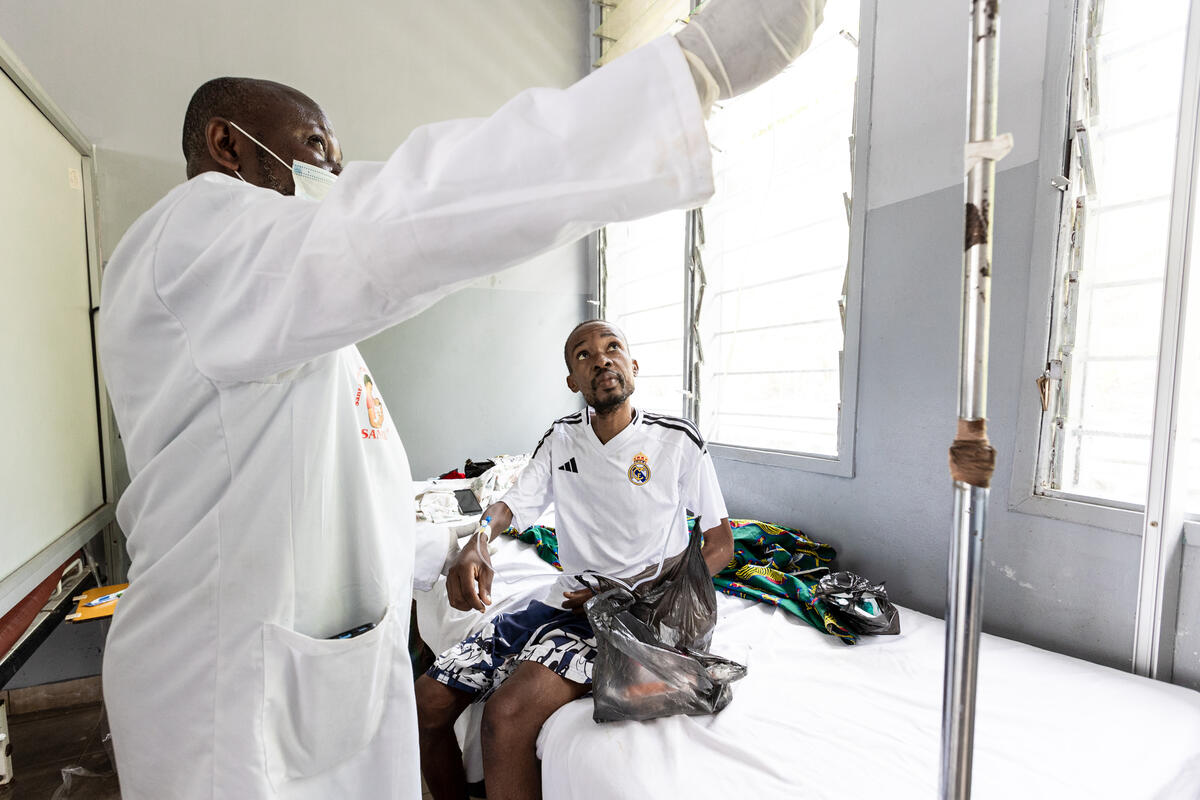
Progress Towards the Global Targets
To accelerate progress on preventing TB infections and deaths, we are working on an exciting pipeline of innovative tools, including near-point-of-care tests, which can increase access to timely TB diagnosis, better treatments and a broader range of preventive tools. There are at least five TB vaccines in phase III efficacy trials, and work is underway to develop next-generation vaccines based on mRNA and other promising platforms. The Global Fund is part of the Tuberculosis Vaccine Accelerator Council and aims to play a key role in supporting countries to integrate the new TB vaccine into their TB prevention strategies.
TB treatment coverage
In countries where the Global Fund invests
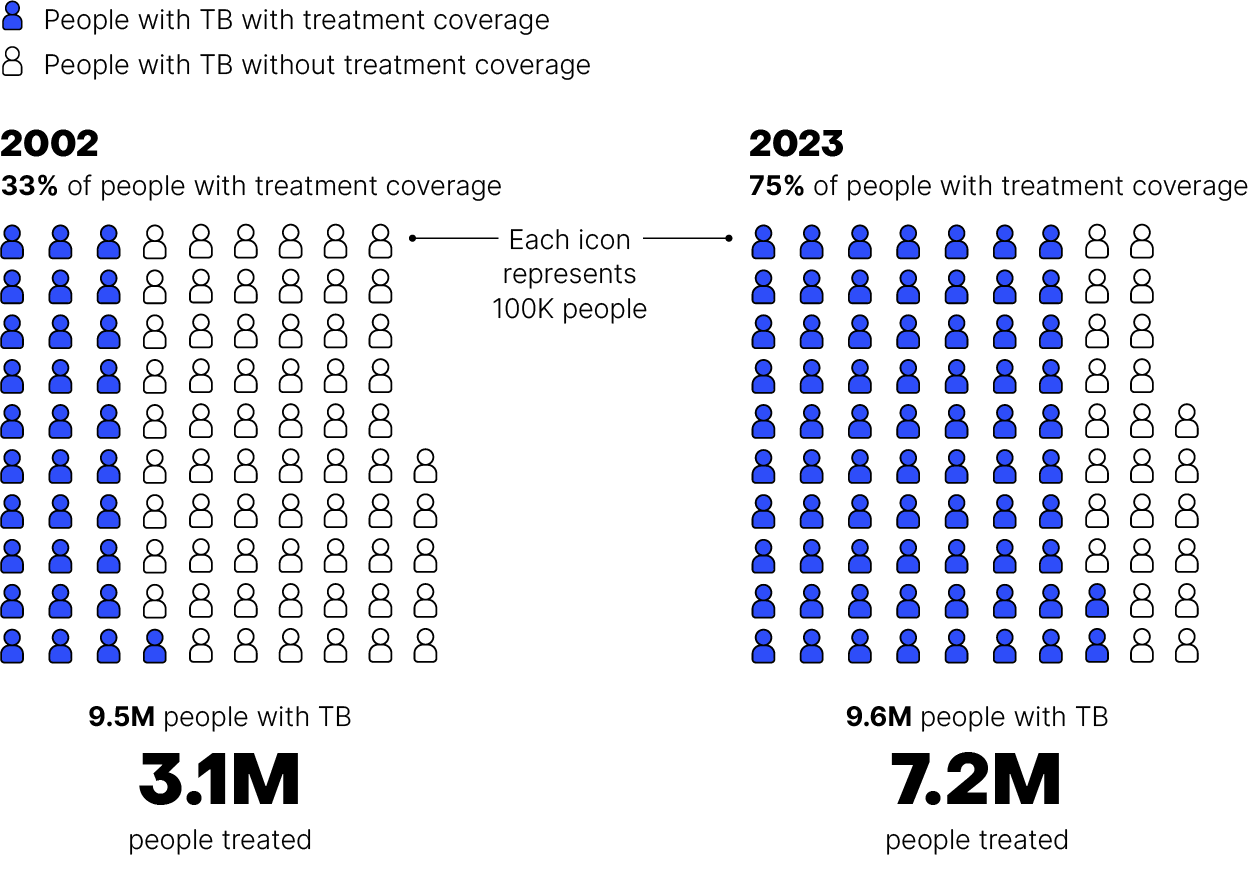
TB treatment coverage can be approximated as the annual number of people newly diagnosed with TB and officially reported as a TB case divided by the estimated number of people who developed TB (incident cases) in the same year, expressed as a percentage. The data is from the WHO Global Tuberculosis Report 2024, in countries supported by the Global Fund over the past two funding cycles. Programmatic results published in other parts of this report are based primarily on data reported to the Global Fund in 2024.
Robust funding commitments in 2025 are absolutely critical to maintaining our momentum against TB and preventing a resurgence that could undo decades of hard-won progress.
TB deaths: progress towards the WHO target*
TB incidence rate: progress towards the WHO target
*TB deaths include HIV-positive. “Continuation of recent trend” projection is based on reverting to pre-COVID-19 (2014-2019) trends. “Global target pathway to 2030” is based on targets from the WHO End TB Strategy. Countries that have recently received Global Fund TB funding and have reported programmatic results over the past two cycles. Global Fund Regional Groupings. Based on published data from Global Tuberculosis Report 2024.
Malaria: State of the Fight
Key malaria results in 2024 in countries where the Global Fund invests:
Programmatic results achieved during 2024 by countries and regions where the Global Fund invests. Global Fund Regional Groupings.
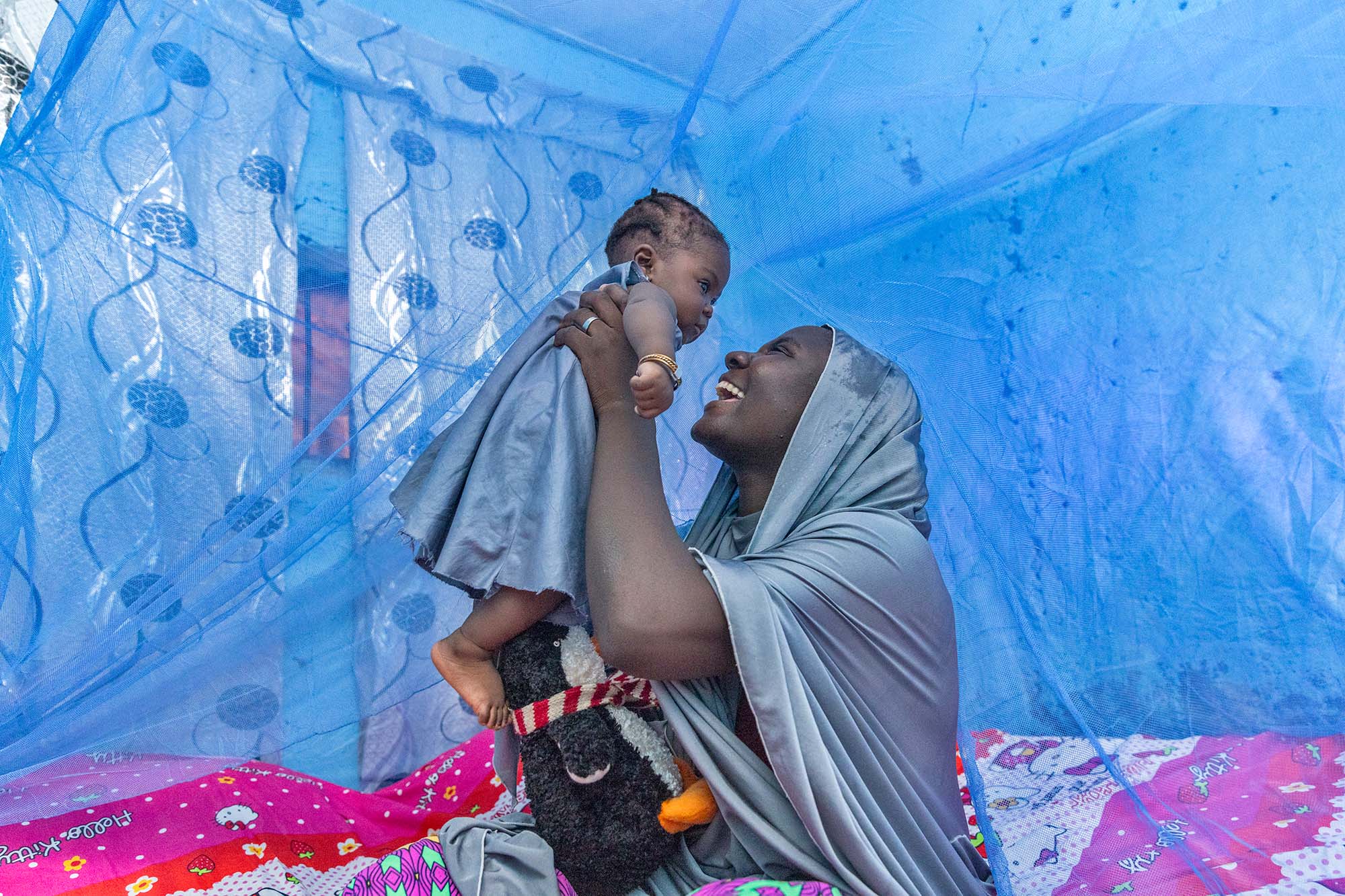
Malaria is on a troubling trajectory. Rising conflict, disruptions from extreme weather events and increasing resistance to antimalarial drugs and insecticides have complicated efforts to combat malaria in 2024. The goal of ending the disease by 2030 looks daunting. Reductions in global health funding could undermine progress against malaria. A widening funding gap, combined with existing crises and an expected population growth in areas at high-risk of malaria, could threaten the lives of millions.
Yet we know that we can restart stalled progress and regain momentum. We have demonstrably effective tools, plus a pipeline of exciting innovations such as dual active ingredient (dual AI) insecticide-treated mosquito nets, new firstline treatments and vaccines. Scaling up these tools and investing in critical health system capabilities is imperative.
Mosquito nets population coverage
Mosquito nets population use
Suspected malaria cases tested
All data is based on estimates from World Malaria Report 2024. Global Fund disbursements are available on the Global Fund Data Explorer. Global Fund Regional Groupings
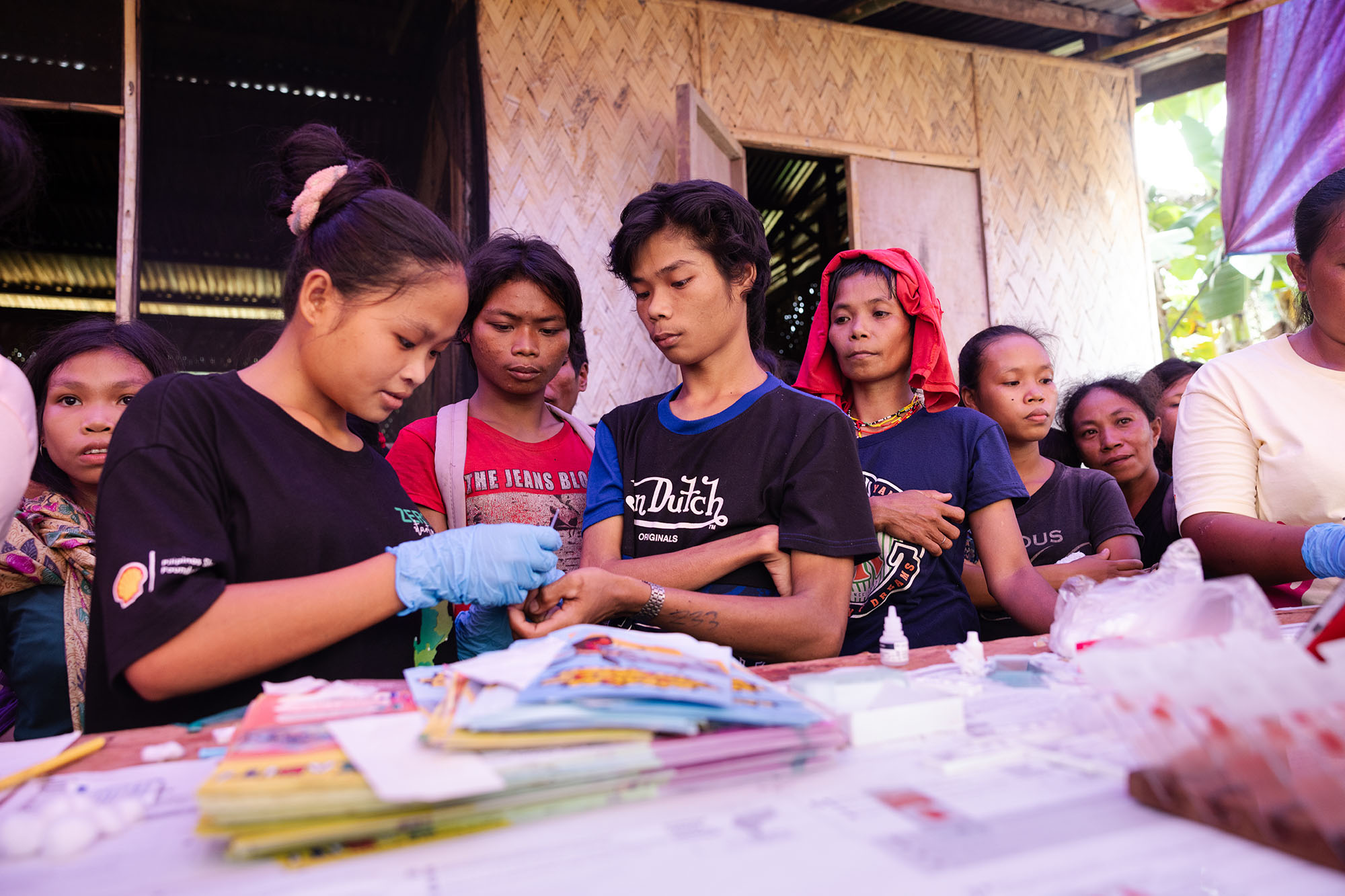
Equitable access to lifesaving tools is key to reversing global malaria trends. In 2024, the Global Fund continued to provide access to powerful tools to prevent and treat malaria, including long-lasting insecticide-treated mosquito nets, seasonal malaria chemoprevention (SMC) for children at high risk of malaria, intermittent preventive treatment for malaria during pregnancy, indoor residual spraying and antimalarial medicines. Our investments support high-quality, people-centered care that maximizes the use of resources for the greatest impact and tailors responses to local contexts.
Driven by the leadership of affected communities and partner countries, Global Fund-supported malaria programs prioritize sustainability and empower local solutions that build long-term resilience. This approach not only accelerates progress in the fight against malaria, but also strengthens health and community systems to better withstand future threats.
Trends in Malaria Burden
In countries where we invest, malaria deaths have been reduced by 29% between 2002 and 2023, even though the population in these countries has increased by 46%. Without malaria control measures, deaths would have increased by 94% over the same period. Between 2002 and 2023, malaria cases in countries supported by the Global Fund increased by 8%. Without malaria control measures, cases would have increased by 81% over the same period.
Trends in malaria deaths
Trends in malaria cases
Malaria burden estimates and estimation of “no malaria control” from WHO Global Malaria Programme, 2024 release. Global Fund portfolio indicates countries that have recently received Global Fund malaria funding and have reported programmatic results over the past two cycles. Global Fund Regional Groupings.
Investing for Impact
The Global Fund provides 59% of all international financing for malaria programs and has invested more than US$20.3 billion in malaria programs as of June 2025. Investing in malaria programs not only reduces the burden of this deadly disease, but also helps make the world better prepared for other health threats, strengthening global health security. Enhancing real-time surveillance systems improves essential health system infrastructure, enabling communities and countries to detect outbreaks early and respond to emerging pandemics. These surveillance systems help identify drivers of malaria transmission in real-time and enable health authorities to implement targeted and impactful interventions.
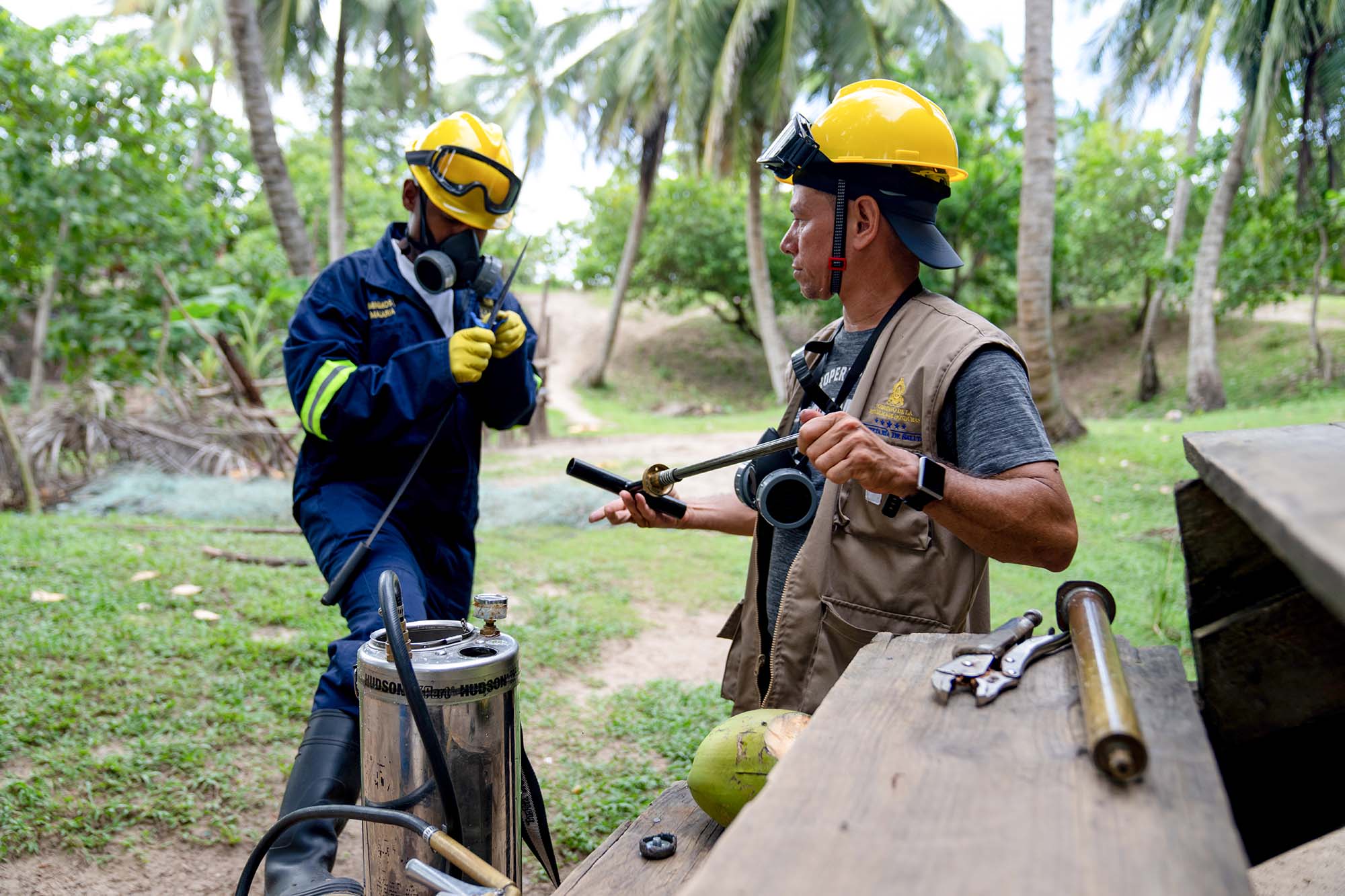
As proved by Suriname and Timor-Leste – both certified malaria-free by WHO in 2025 – the target of ending malaria is within reach. But we must work even harder to regain lost progress and ensure that crises such as conflict and climate change do not derail our efforts.
2025 Results Report
Progress Towards the Global Targets
Thanks to sustained global efforts, countries have made significant strides in reducing malaria incidence and deaths.
The population in sub-Saharan Africa has grown significantly over the past two decades, resulting in a larger number of people living in areas at high risk of malaria infection. Despite this, malaria programs supported by the Global Fund have drastically increased the percentage of population coverage with insecticide-treated nets, from 4% in 2002 to 61% in 2023. As a result, the absolute number of people protected from malaria has increased substantially – from 23 million in 2002 to 692 million in 2023 in sub-Saharan Africa. This expanded protection has contributed to a 51% reduction in the malaria mortality rate since 2002, along with a 26% decline in the incidence rate in countries supported by the Global Fund.
People with access to an insecticide-treated mosquito net
In sub-Saharan African countries where the Global Fund invests
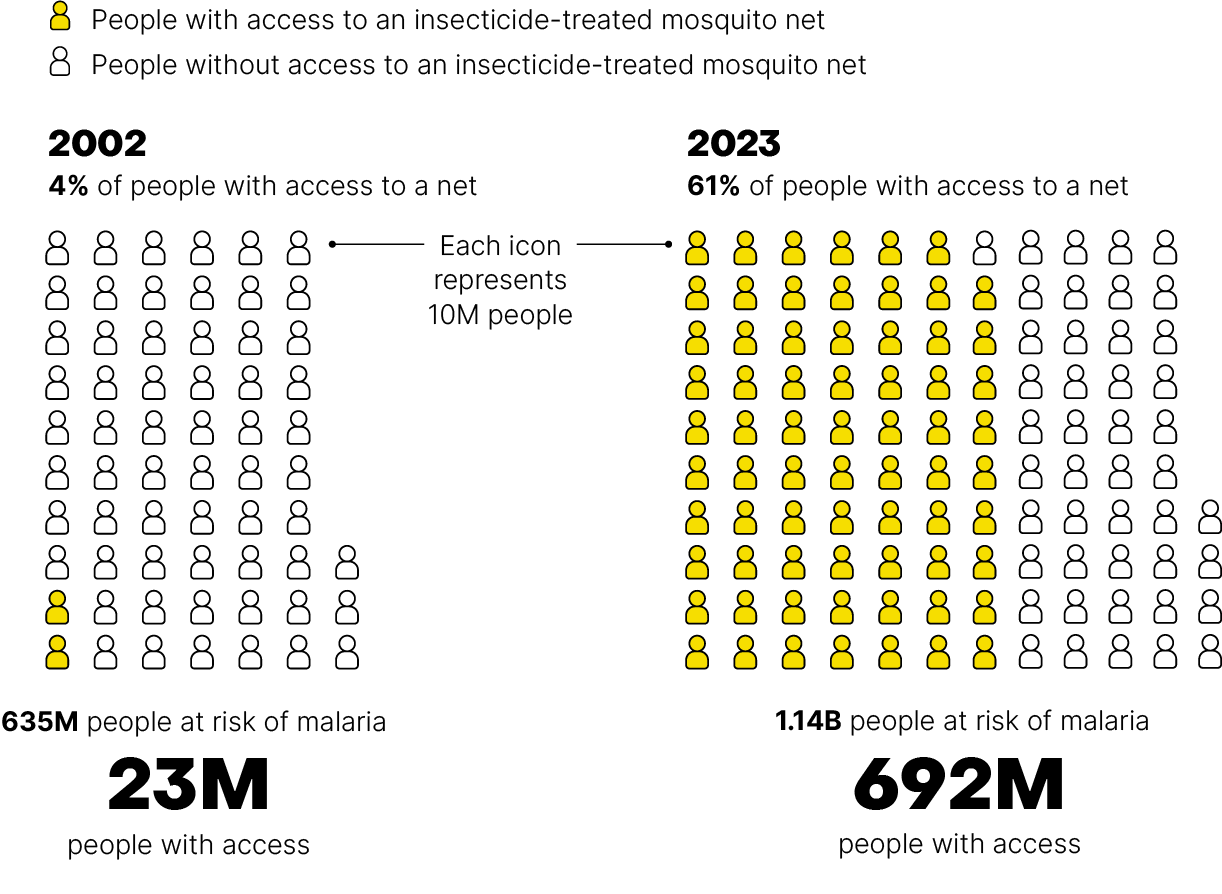
Source: WHO/Malaria Atlas Project estimates 2024 (38 African countries for which data is available).
Any reduction in commitment now would allow diseases like malaria to resurge with devastating force, endangering the most vulnerable and threatening the entire global population and global stability.
Malaria mortality rate: progress towards the WHO target
Malaria incidence rate: progress towards the WHO target
“Continuation of recent trend” projection is based on reverting to pre-COVID-19 (2014-2019) trends. “Global target pathway to 2030” is based on targets from the WHO Global Technical Strategy for Malaria (2021 update). Countries that have recently received Global Fund malaria funding and have reported programmatic results over the past two cycles. Global Fund Regional Groupings. Based on published data from World Malaria Report 2024.
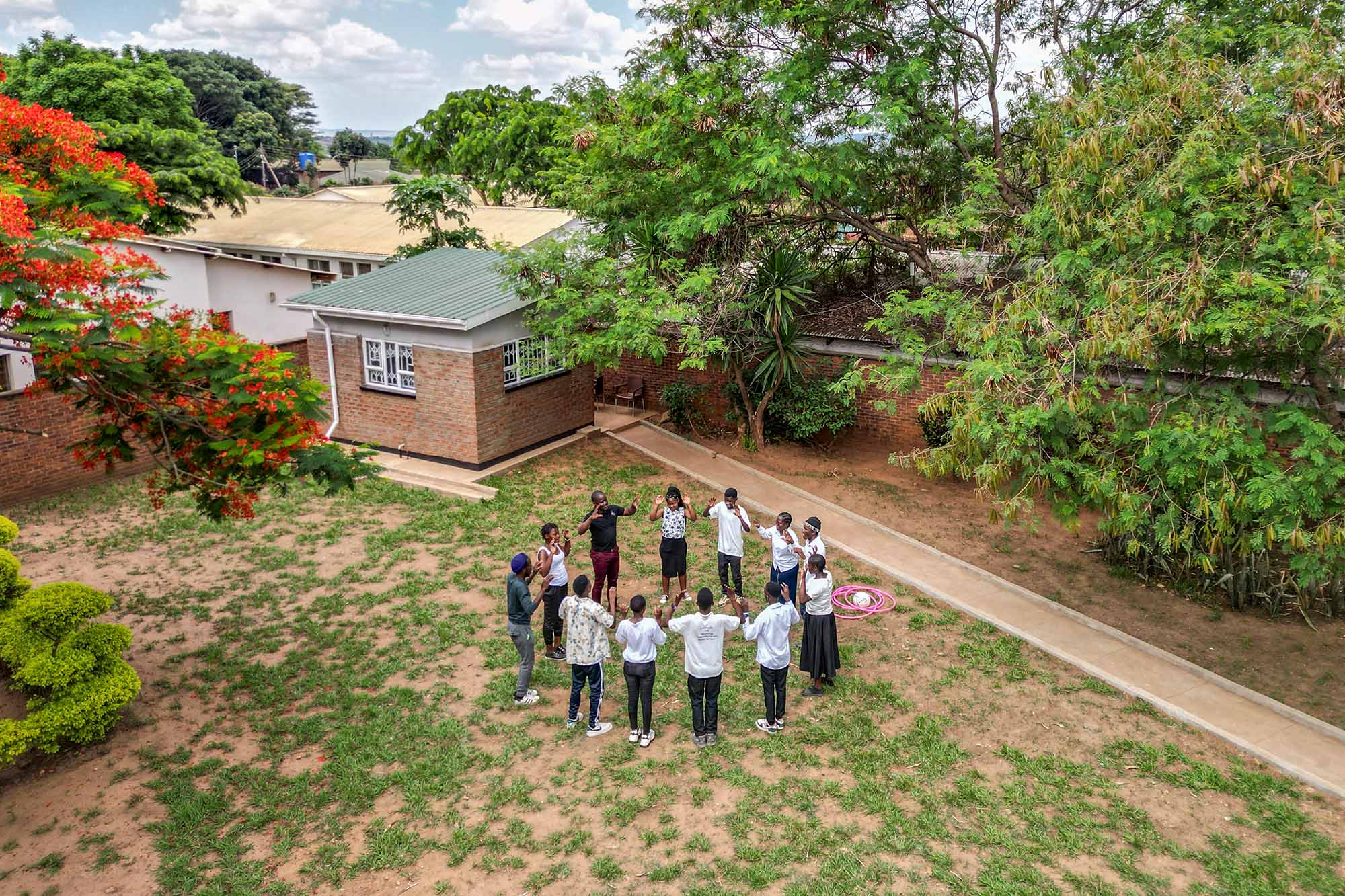

Strengthening Health and Community Systems
The Global Fund invests in programs to fight AIDS, TB and malaria – public health threats that still kill millions each year – while strengthening health and community systems. This is the most effective way to maximize the impact of every dollar and drive progress against the three diseases.
Across the world, health and community systems – including supply chains, data infrastructure, laboratories, surveillance, oxygen and respiratory care, health workers, and community systems – are the engine driving disease prevention and treatment forward.
The Global Fund partnership is the largest multilateral grants provider for health and community systems. Drawing on two decades of expertise, we deliver efficient, targeted and high-impact support at scale. Over the past grant cycles, we have significantly increased investments in health and community systems to accelerate progress against HIV, TB and malaria and boost global health security. Between 2024-2026, our partnership is investing approximately US$6.1 billion[1] in these systems – a 49% increase over the previous grant cycle and the largest health systems investment in our history.
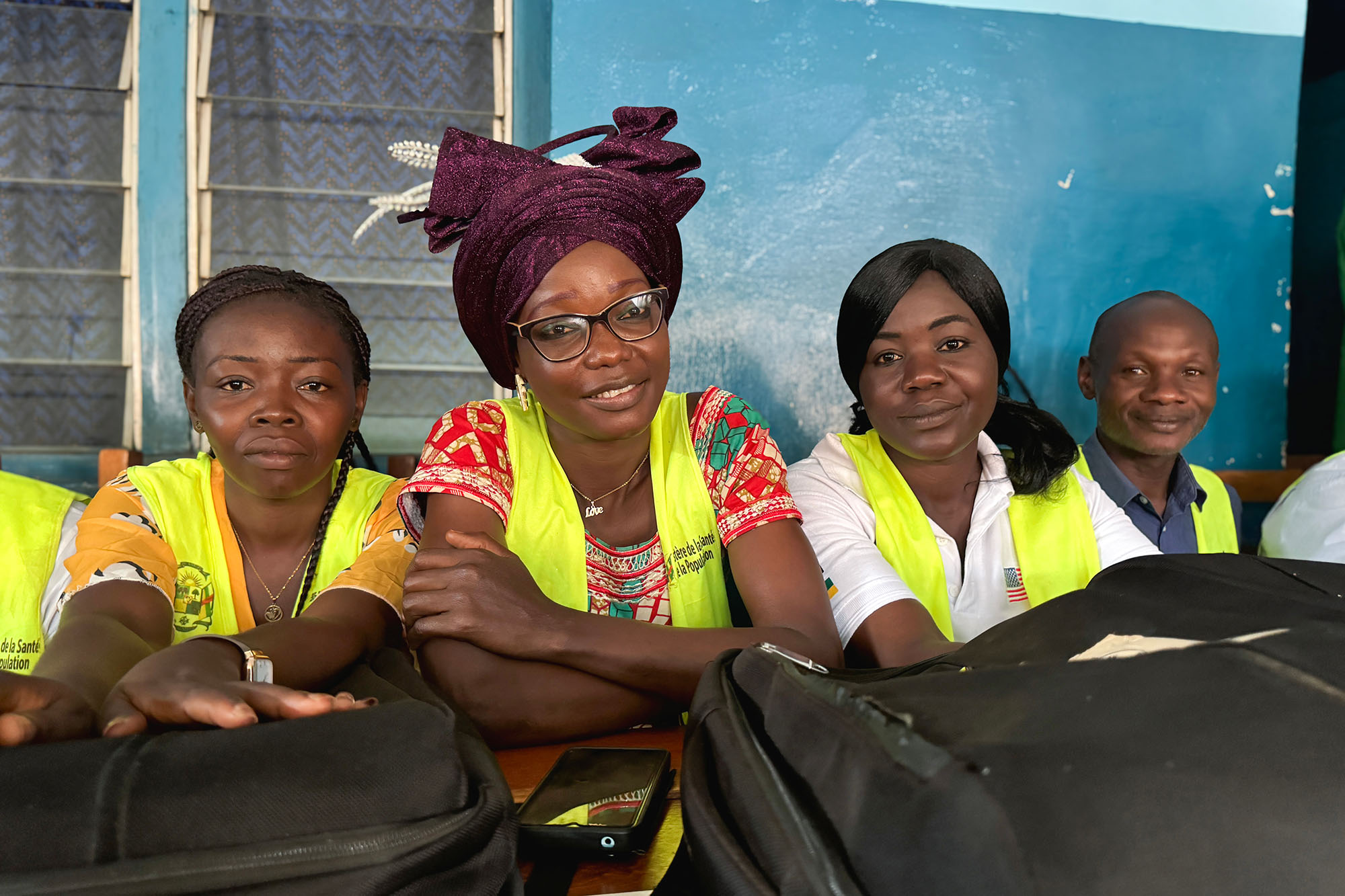
Agility and Resilience in the Face of Crises
Born out of crisis and built for resilience, the Global Fund partnership has unwaveringly pursued its mission to end AIDS, TB and malaria as public health threats. Time and again, crises have tested our resolve, and time and again, our partnership has responded with resilience and agility. In the last two decades, our partnership has adapted to save lives and serve the people most affected by infectious diseases in an increasingly complex global landscape.
Since 2002, the Global Fund has disbursed approximately US$24 billion – in both long-term investments and emergency funding – to challenging operating environments, including some countries facing the worst humanitarian crises. We work in partnership with local communities, civil society, emergency coordination mechanisms and international partners including humanitarian and development actors. We focus on building resilience and long-term sustainability while supporting the immediate crisis response.

Investing for Impact
As the global health funding landscape shifts, we remain uniquely positioned to accelerate progress toward ending AIDS, TB and malaria as public health threats.
Since our inception in 2002, the Global Fund has disbursed US$69.9 billion[2] to support programs run by local experts in more than 100 countries to fight AIDS, TB and malaria and strengthen health and community systems that underpin any pandemic response. In 2024, the Global Fund disbursed US$4.8 billion.
In a context of constrained resources, smart investment like this is not optional – it’s essential. The Global Fund works directly with countries as we strive to ensure every dollar we invest drives the greatest possible impact. This includes maximizing value for money, facilitating additional resources through innovative finance solutions, and engaging the private sector, to ensure that resources go further and reach more people.
The Global Fund firmly supports the principle that countries must become self-reliant in financing and managing HIV, TB and malaria programs over time. In 2024, we revised our Sustainability, Transition & Cofinancing (STC) policy, strengthening the cofinancing requirements, introducing mechanisms to more effectively support predictable transitions from Global Fund financing, re-enforcing our approaches to support alignment with national systems, and broadening the focus on transition and sustainability planning across the entire Global Fund portfolio.
An investment in the Global Fund is an investment in one of the world’s most effective mechanisms against infectious diseases. Every dollar we receive drives measurable health outcomes, fuels economic returns and delivers exceptional value for money. Today, our ability to succeed despite funding challenges depends on the international community’s resolve to reaffirm its commitment to global health. Now is the time to rise to the challenge and mobilize our collective force to finally end AIDS, TB and malaria as public health threats.
Our Results Methodology
The Global Fund Results Report 2025 presents selected programmatic results (e.g., people on antiretroviral therapy, people treated for TB, mosquito nets distributed) achieved by supported programs in 2024. The programmatic results are reported routinely to the Global Fund by the supported programs. The data collected by our technical partners are also used for cross-checking and triangulation and for furnishing national data for selected services to align with the Global Fund partnership’s approach in results reporting. The Global Fund also uses official disease burden and impact estimates developed and published by our technical partners, including the World Health Organization and UNAIDS, as the basis for measuring impact.
[1] Based on approved and signed budgets for Grant Cycle 7 and including C19RM. This figure integrates direct investments in resilient and sustainable systems for health (direct RSSH) and contributions to RSSH through investments in the fight against HIV, TB and malaria (contributory RSSH). It excludes catalytic investments and Secretariat operating expenses.
